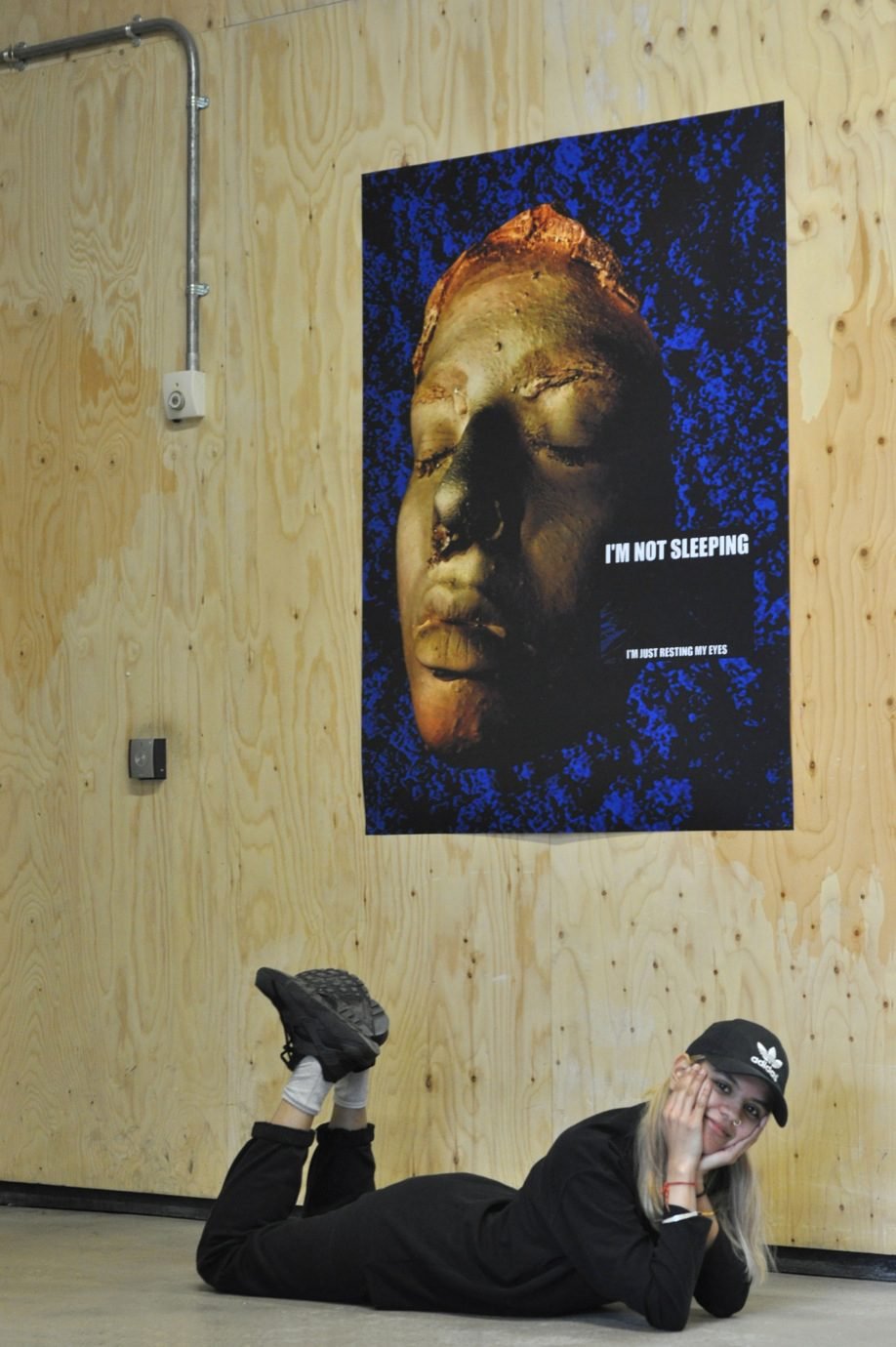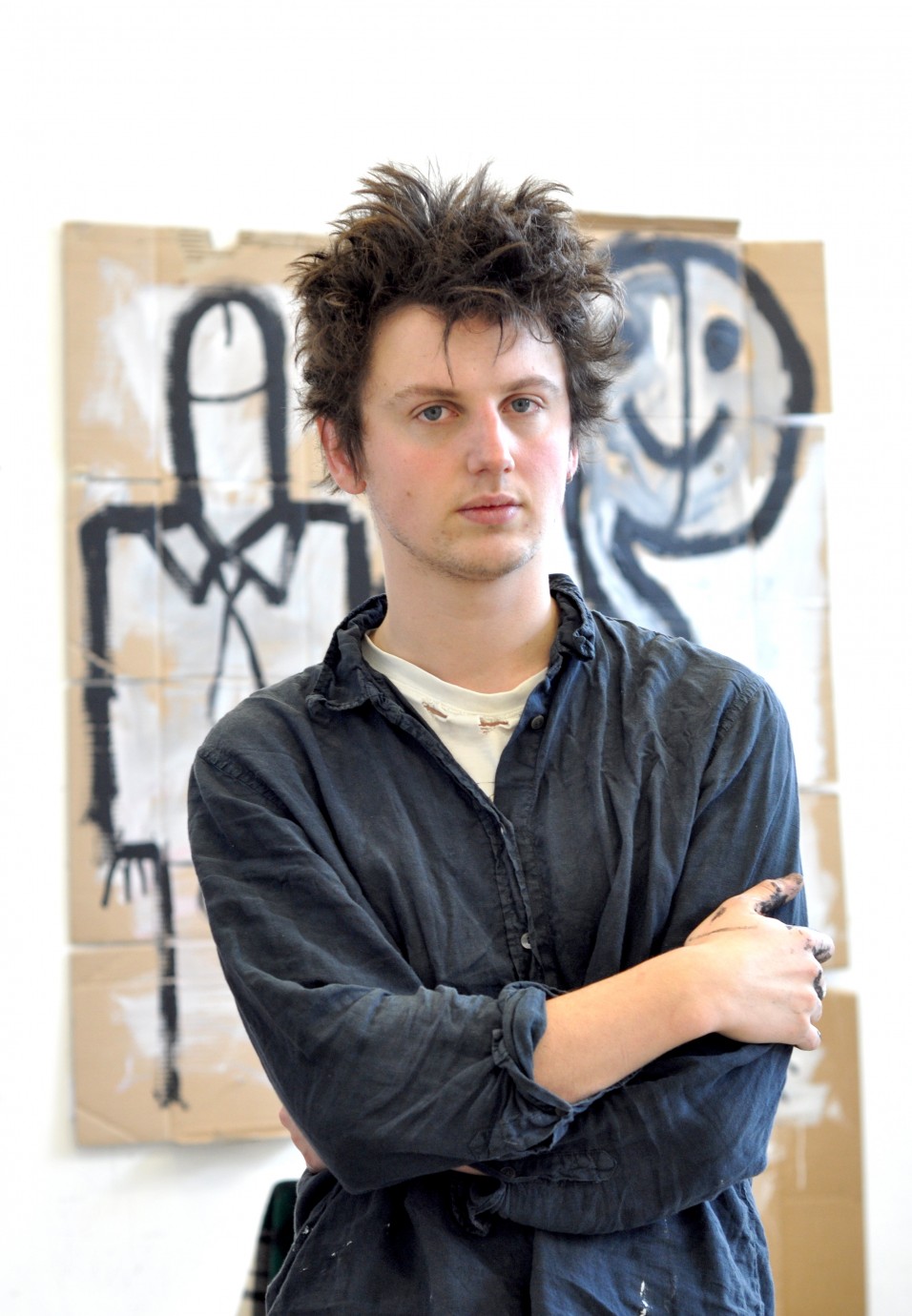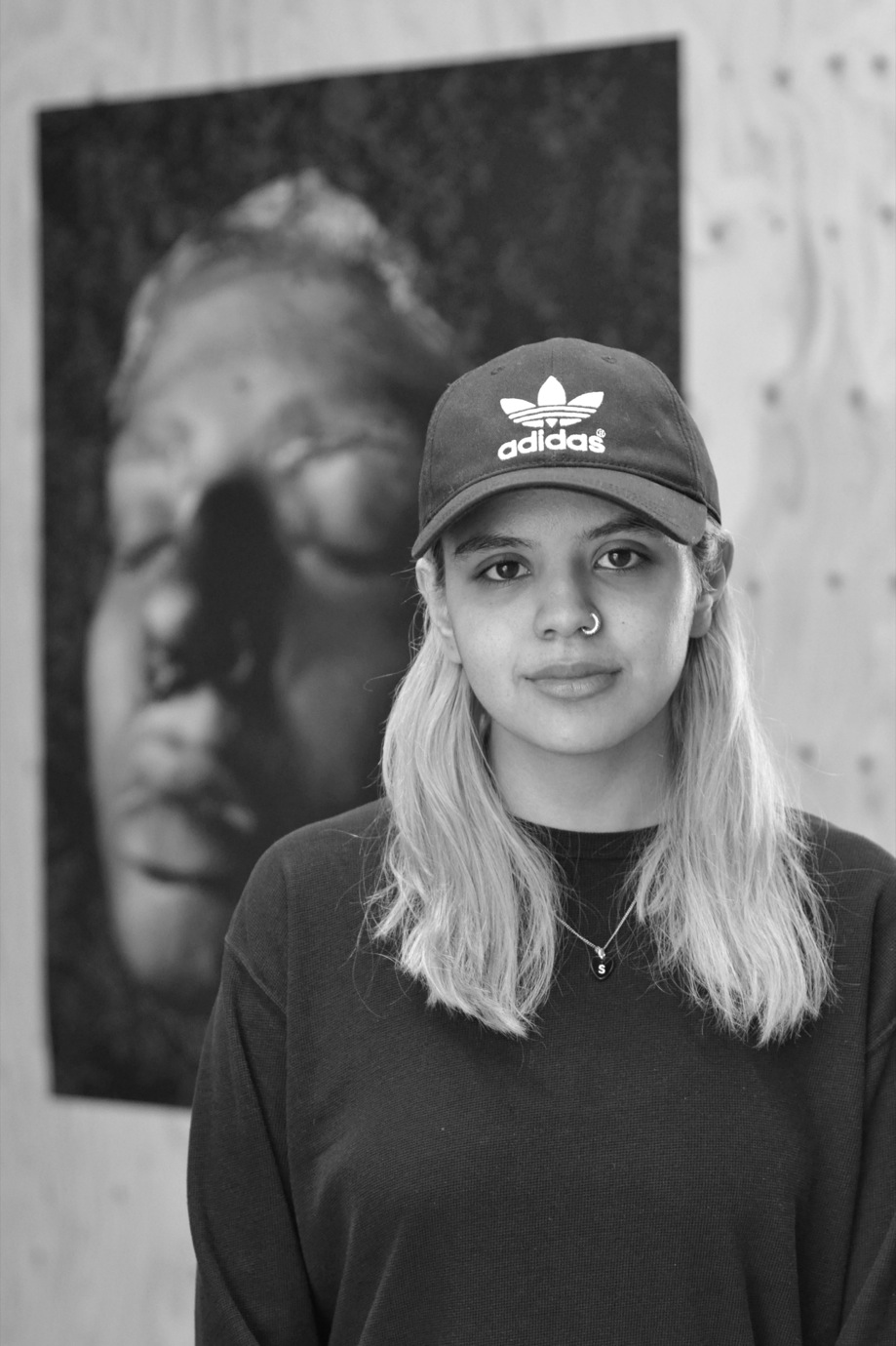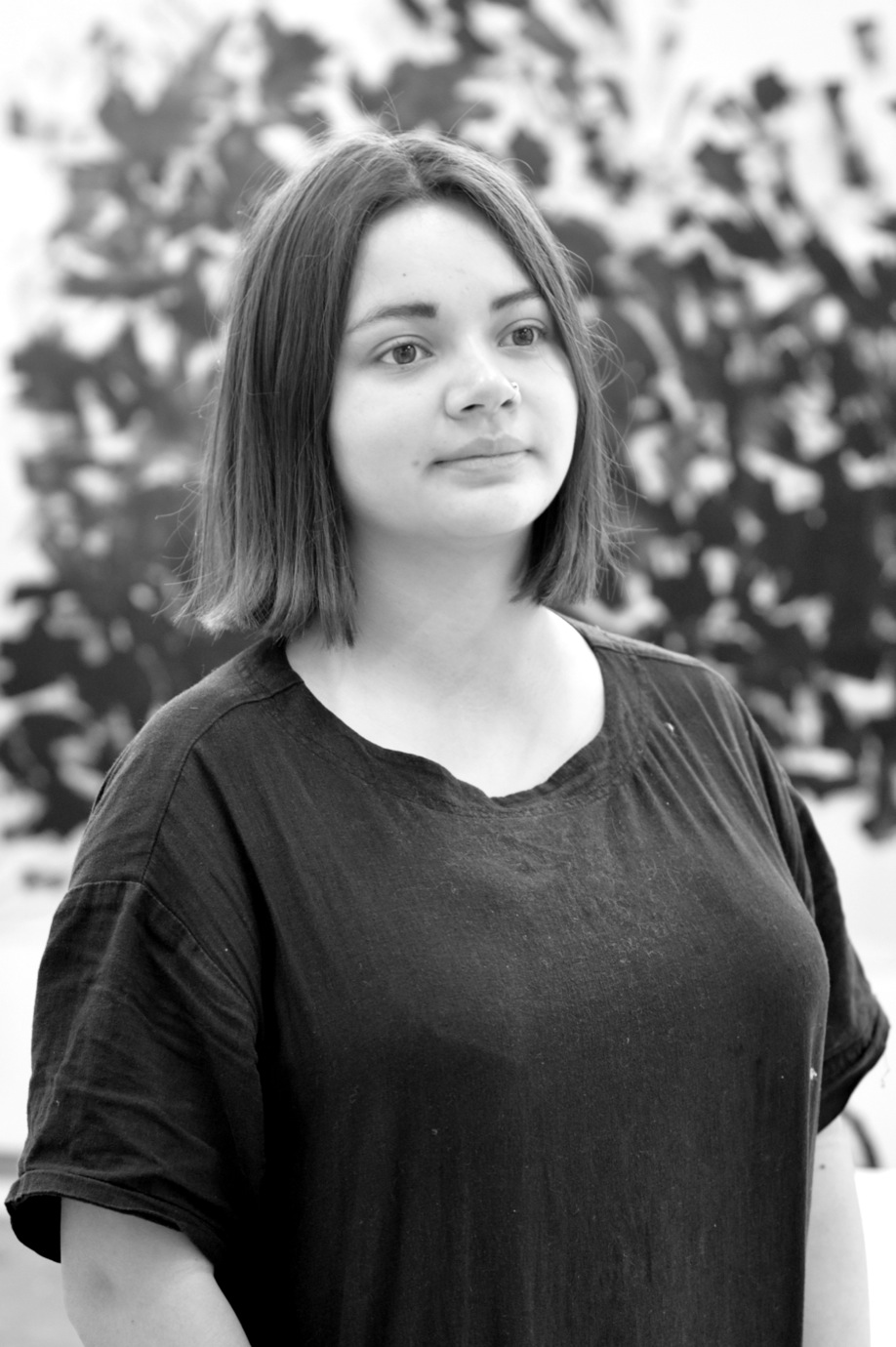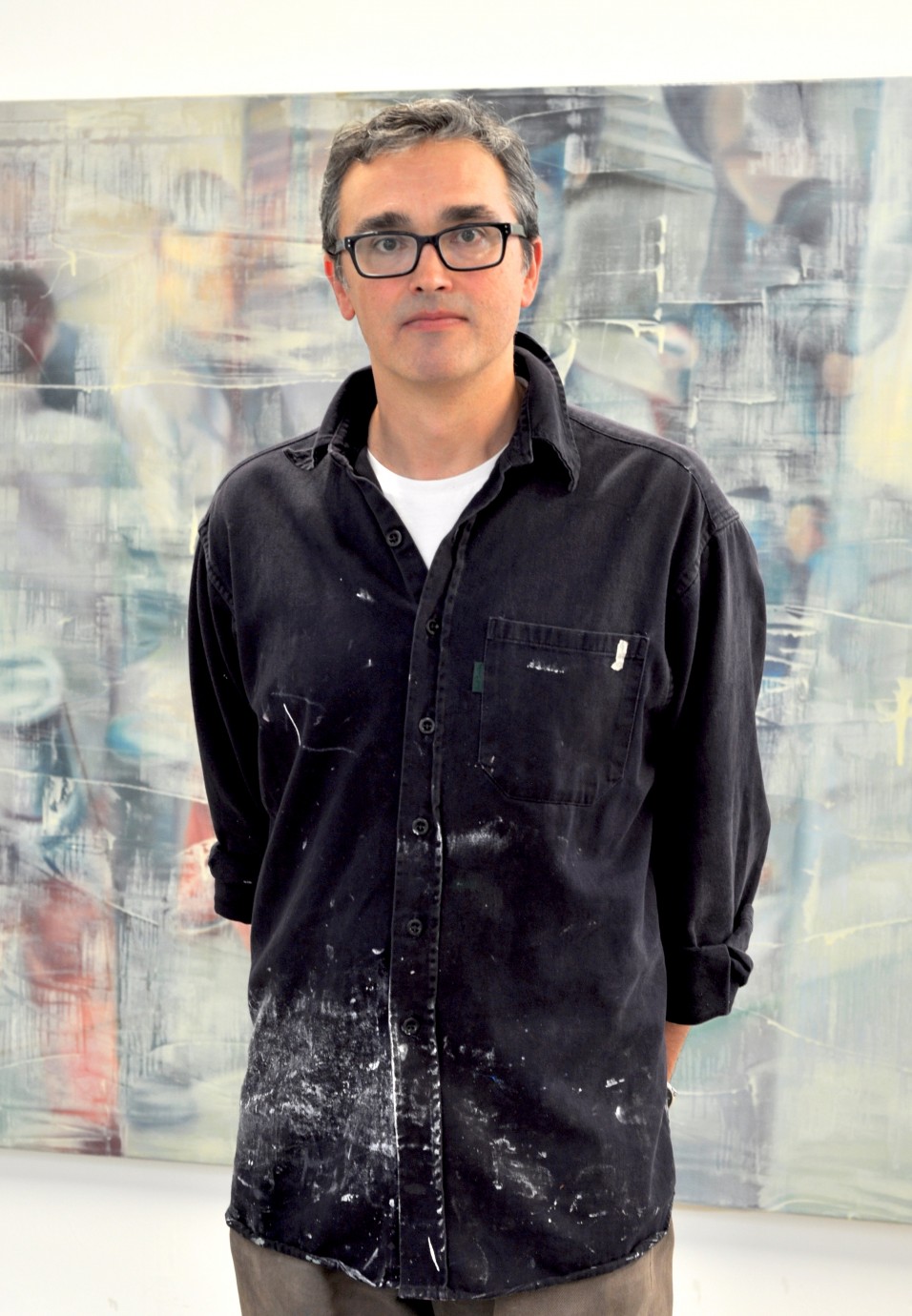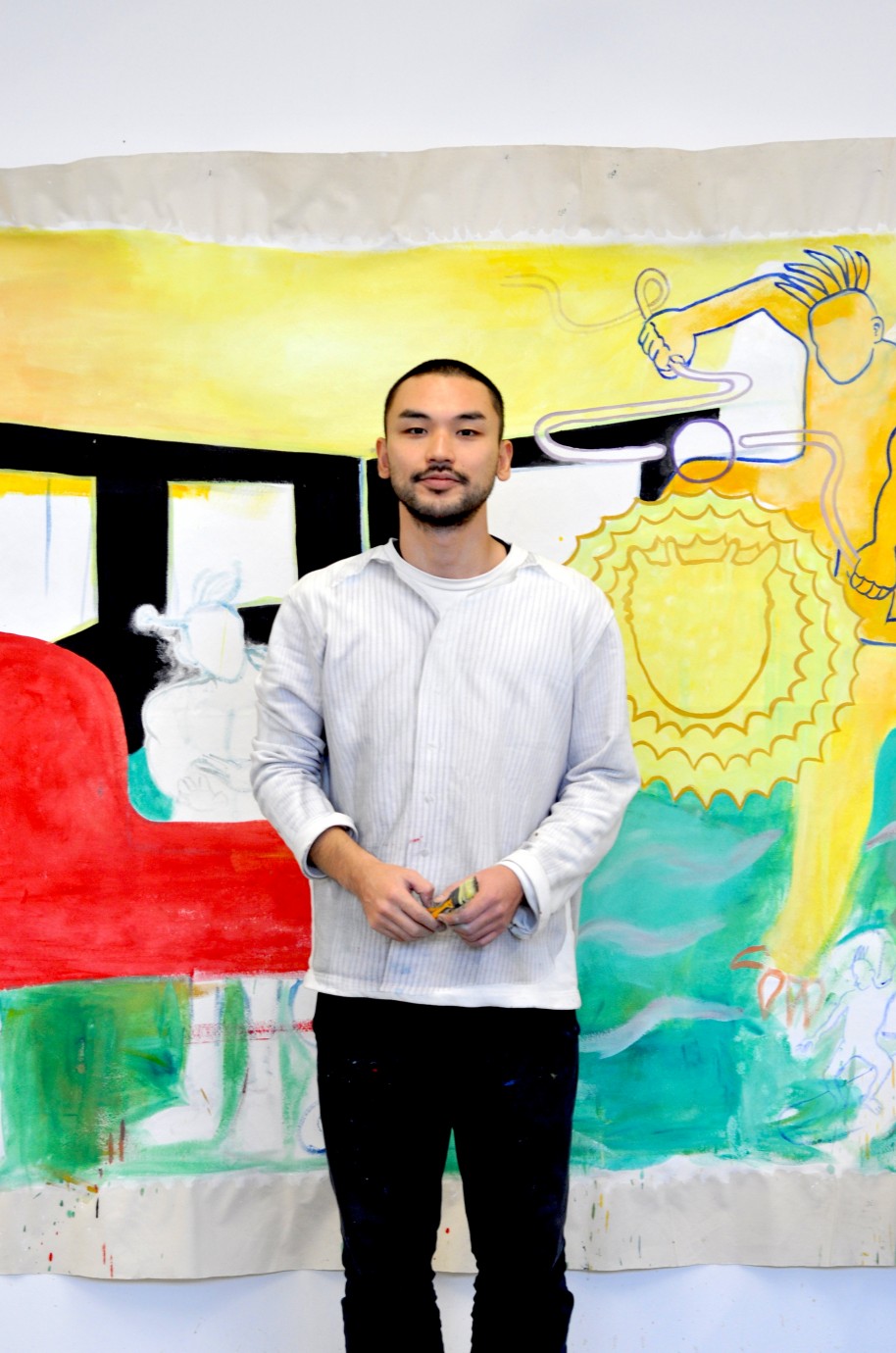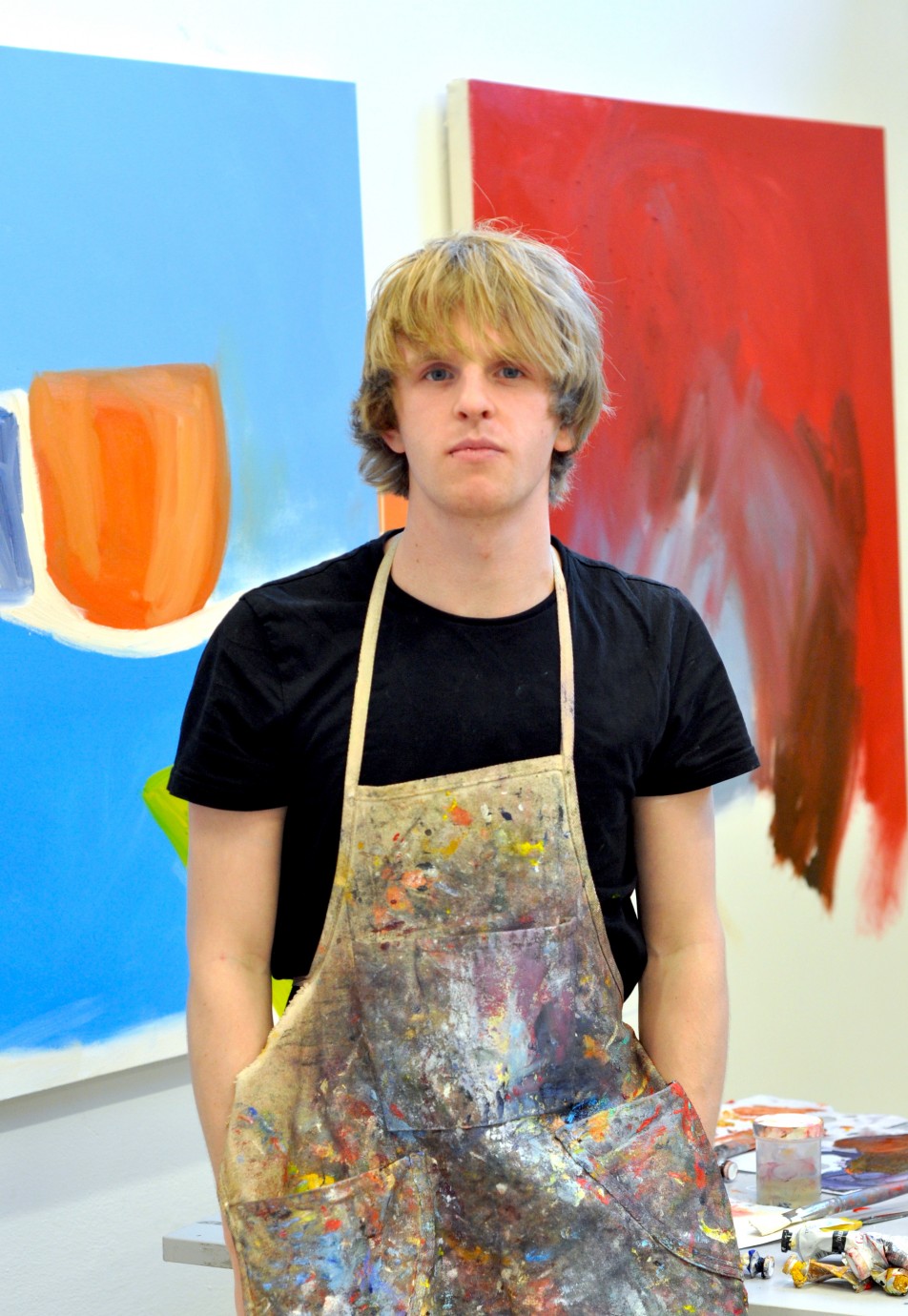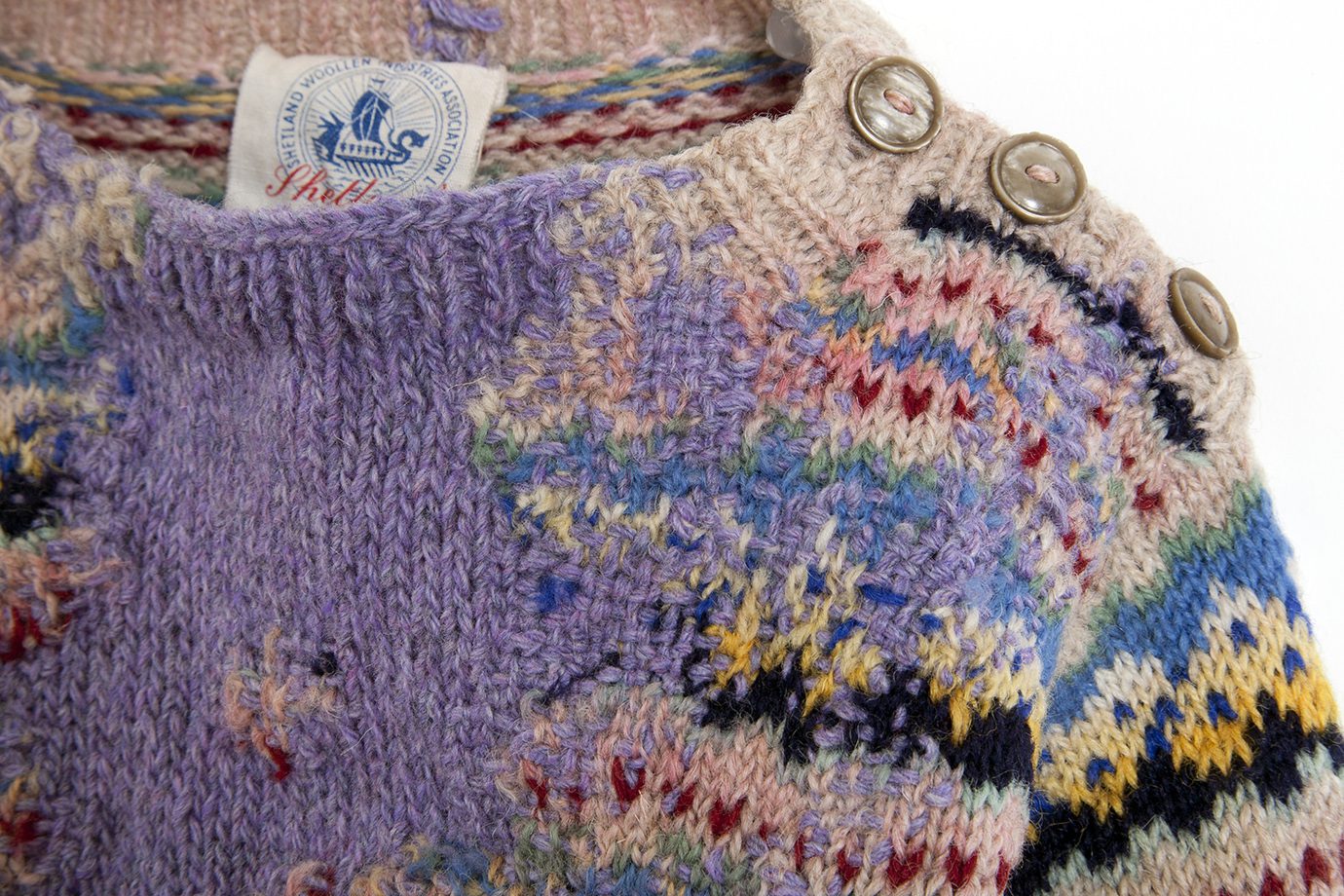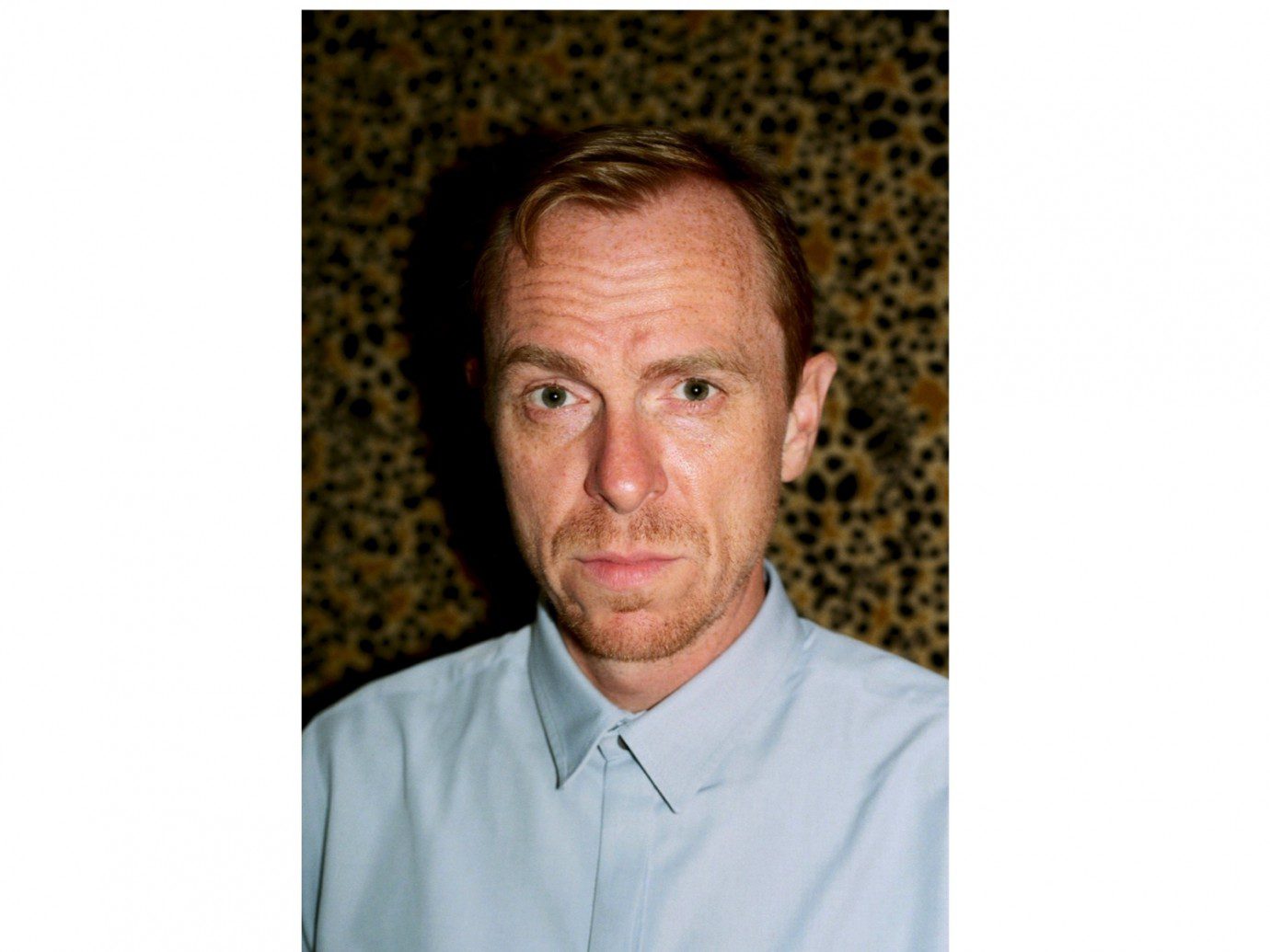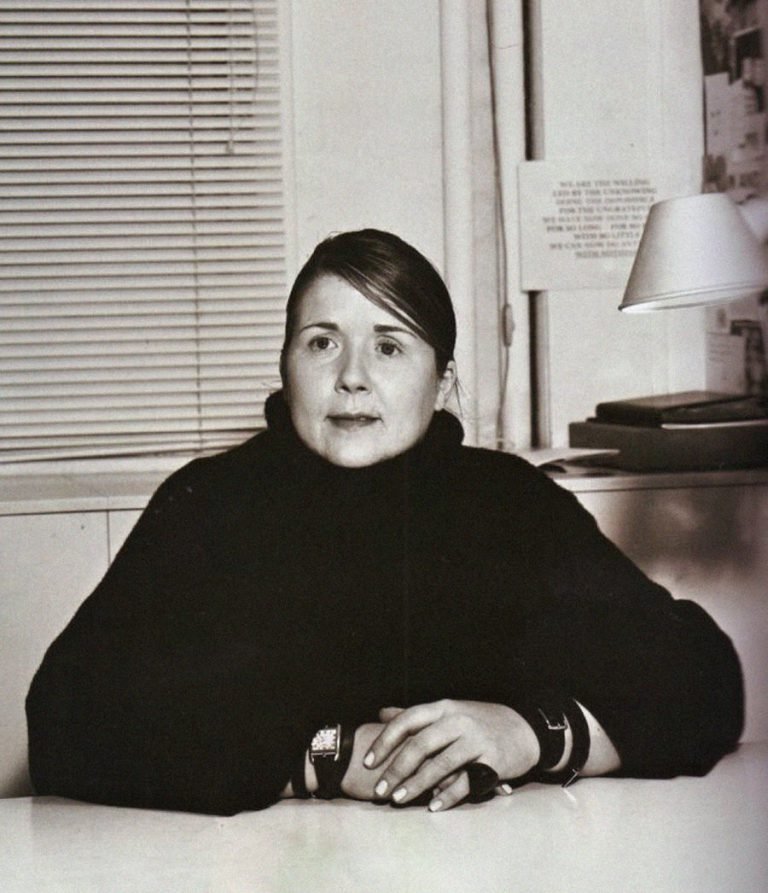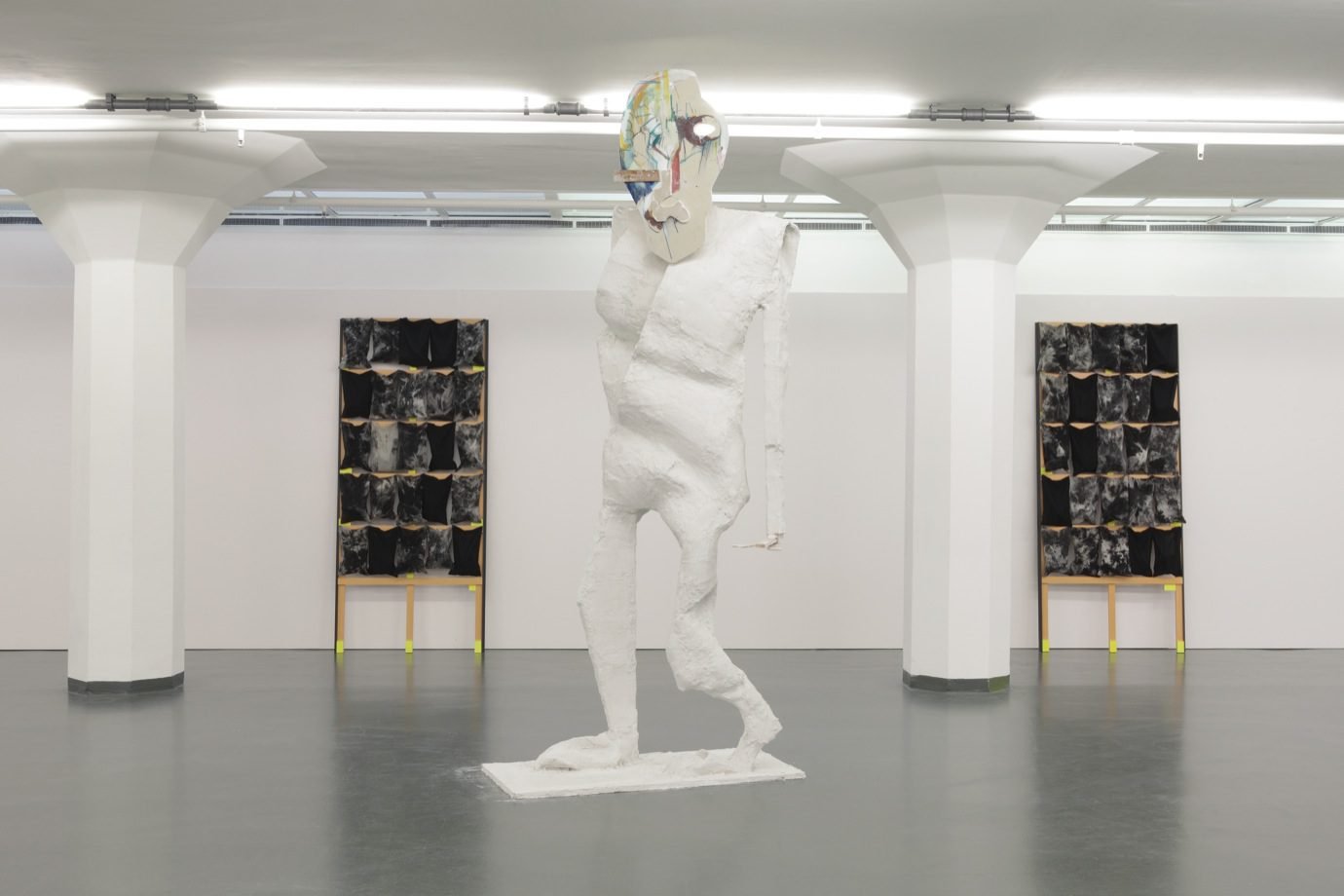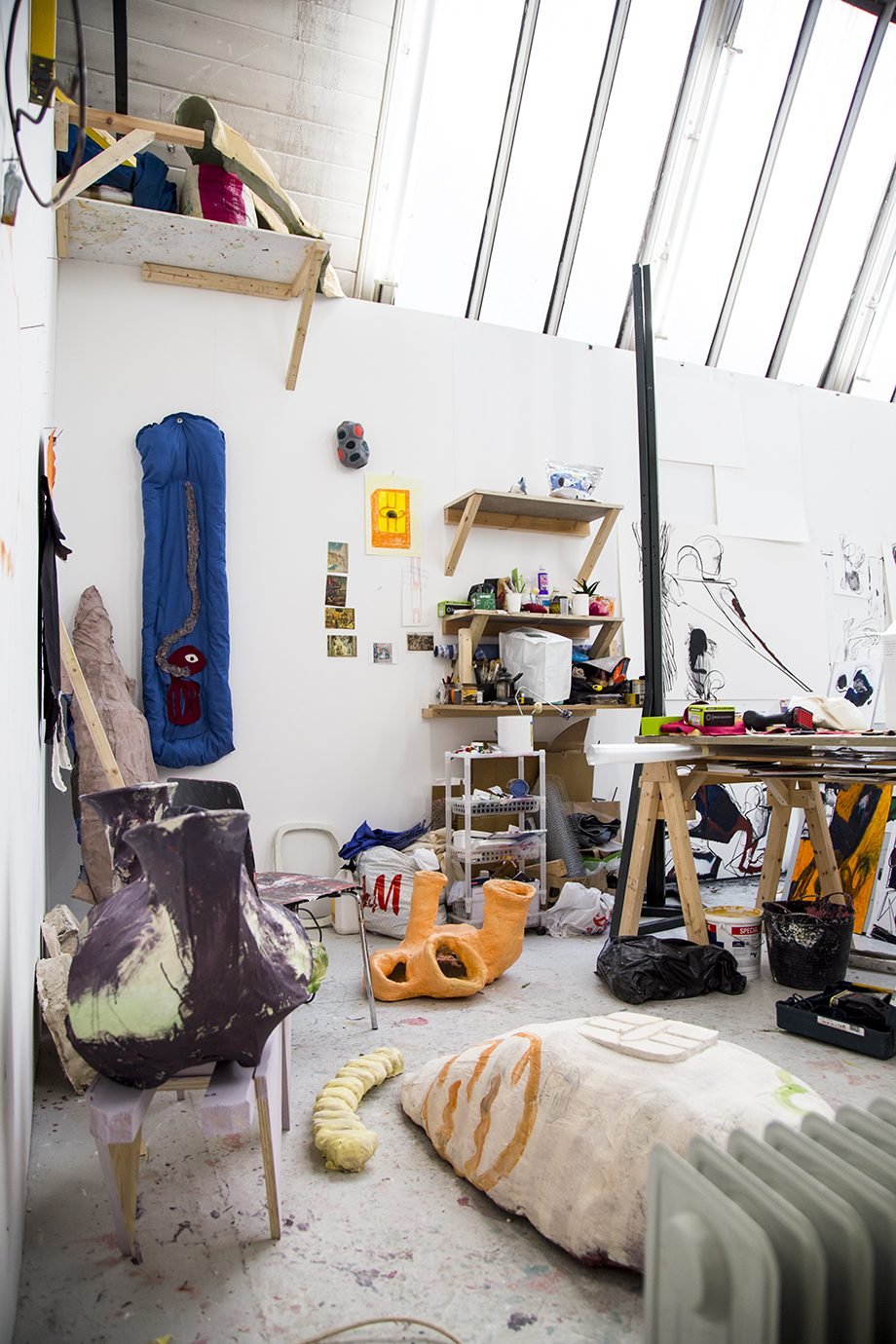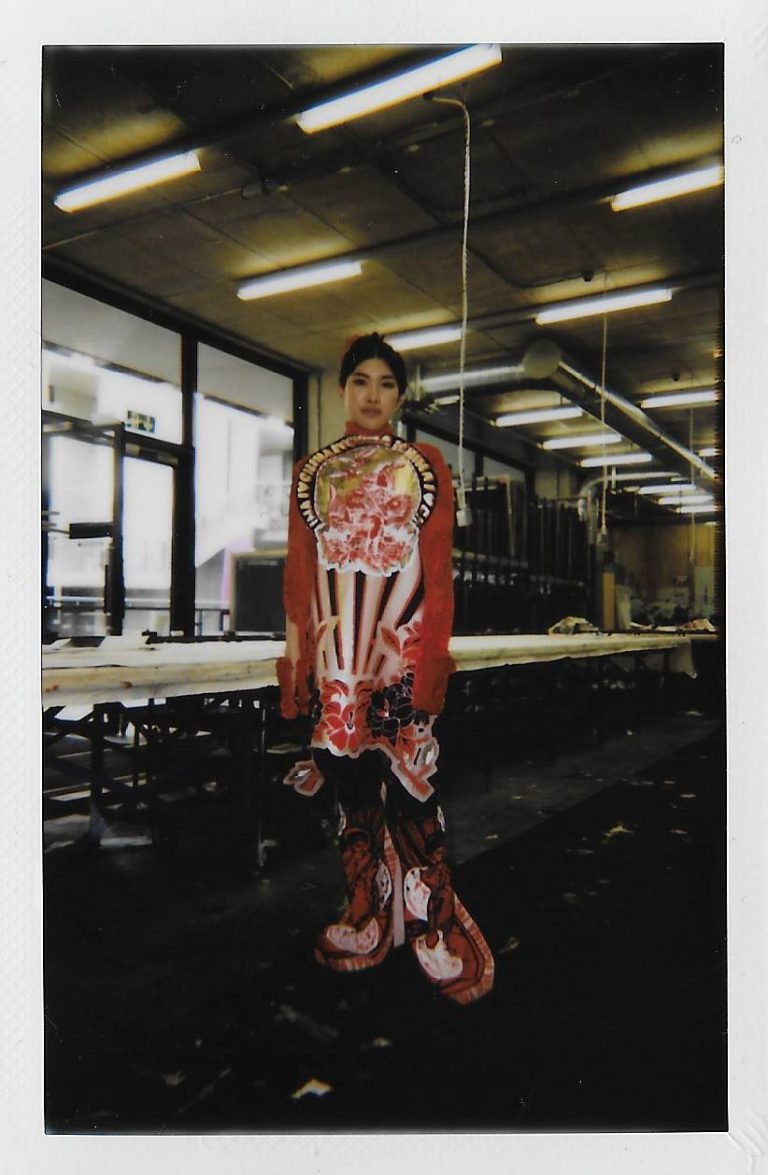I spoke to a handful of Central Saint Martin’s final year Fine Art students to discuss their daily routines within the King’s Cross art studios.
TO BE AN ARTIST IS TO BELIEVE IN LIFE.
— HENRY MOORE
Do you ever wonder how an artist spends their day? Where they seek inspiration or for how long they procrastinate? Mason Currey’s book Daily Rituals offers an insight to the day-to-day routine of creative individuals; exploring the lives of artists, composers, filmmakers and poets; from Charles Dickens to Charles Darwin. Francis Bacon battled nightly with insomnia, thrived on disorder and worked best with a hangover. Jackson Pollock slept during the day, consumed a mid-evening breakfast of strong coffee and cigarettes, and fuelled his nights with booze in his barn-converted-studio. The BBC produced a 22-part series addressing the same question, called What Do Artists Do All Day? The self-explanatory title suggests that this is a question we are all asking. Perhaps they sit around fantasising about their practice all day; perhaps they work harder than you ever will.
Jack McHenry
Not the kind to sit around in a pair of pyjamas, the walk from his home in Camberwell to the studios in King’s Cross takes Jack a couple of hours. Pumped with coffee, he will arrive in the studios early in the morning while they’re still quiet, and start painting, fast. Jack works at speed, creating a couple of paintings in one day. His style reflects this, his brush strokes look chaotic yet charming. His canvas is usually a discarded cardboard box, opened out to create a flat tableau. Jack views the studios like a factory; arriving between certain hours to produce work, going home, repeat. At around 1 or 2pm, he will get the train home and continue to work on something throughout the afternoon; this will most likely be whichever short-film he is currently producing. The afternoons for Jack are about refining the faster-paced work produced in the mornings. Taking an early evening break, he will watch a film either as research or to free his brain. Confessing that he doesn’t have other hobbies, it makes sense for Jack to engage with his practice so perpetually. If artist’s block occurs he just pushes through, referring to Stephen King’s approach to writing, where he meets a daily quota of 2,000 words every single day of the year. Jack explains that even if hours are spent making work that is below par, there will most likely have been something beneficial within it.
Seema Mattu
Seema likes to wait for small epiphanies. Apparently she gets them a lot, usually in the night. She always remembers them, because if it’s before 4am then she probably hasn’t gone to sleep yet. Seema is in the studio Monday to Friday, and aims to be there between 10am – 10pm (although often 10am becomes midday) and is regularly the last person to leave at night. While she has days where she doesn’t get as much done as she would like, she finds that working in the studio everyday, even if the time isn’t always spent relating directly to her current project, just being there and doing something contributes to her practice in some way. A methodical artist, she writes about her ideas, makes plans around them, conducts experiments with them and then shortlists the any worth further exploration. Seema often walks around the studio to speak with her peers, not to procrastinate of course, but to stimulate herself and her practice. She is self-motivated by day but considers herself a secret insomniac by night. Always tired and regularly napping, she can’t fall asleep before 4am. She is motivated when she feels absorbed by her work, and when she isn’t, she’ll just wait for an epiphany. Her best remedy for artistic block is being surrounded by her work, other people’s work, and thrives when the studio atmosphere is thriving.
Ella Bua-in
Ella’s studio practice fits into her daily routine. A big fan of sleeping, she has early nights and wakes up around 9 or 10am, starting her day with breakfast and household chores, and later going to the studio around lunchtime until mid-afternoon. Ella begins her day in the studio by stretching a canvas with a thin material, priming it with rabbit skin glue or acrylic Gesso and then masks off the edges to create a clean border. Notoriously beginning with a blue palette, she will apply paint by either imprinting it directly onto the canvas with an item such as a plastic bag, or with a squeegee. She paints with oils, thinned down with a shiny resin based medium and works from intuition; using complimentary colours layering upon one another. A single painting can take anywhere from one day to a week to complete, the longest having taken her two weeks. She avoids overworking the canvas or making it look too ‘heavy’, and doesn’t like to start with an end-image in mind. Instead she prefers to work directly with the paint and let it do its own thing; the painting is finished when she considers it so.
Phillip Williams
Phil wakes up at 7am everyday and takes the dog for a walk. He works in the studios from 10-5pm, owing perhaps to his former office lifestyle. Arriving mid-morning to the stillness of the space, he plans the day ahead to avoid unproductivity. Beginning with something a little tedious, such as stretching or priming a canvas, he spends the remainder of his day painting. Despite systematically zoning out from the people working around him, he likes the company that the studio keeps; working alone would be far too dull. The excuse of having a chat with a peer makes for a good break from his practice, where a five minute conversation acts like a micro critique, exchanging thoughts and ideas on other people’s practices.
Phil works on a few projects simultaneously, where smaller, quicker paintings sit alongside larger, more time consuming pieces. Oils take favour over other mediums due to their slow-drying nature, allowing for the paint to be moved around on the canvas after application. Phil claims to suffer from the inability to recognise when a painting isn’t working. Clinging onto the work and trying to rectify it for longer than he should, he is concerned by the materials spent and time committed; his vision of the finished painting gripping him. Usually, however, by the time Phil re-discovers a disregarded painting, he has forgotten whatever the flaws were.
Hiroaki Onuma
Hiro describes himself as a Fusionchef; mixing ingredients onto the canvas. Working on a timescale perhaps comparable to a chef, he goes to sleep at around 3am and will stir sometime between 10am and 2pm. Arriving at the studios in the afternoon, he paints for around five hours, breaking mostly for nicotine hits. When he isn’t working on a painting, he can be found in the studio sketching or making drafts to produce ideas. Each painting takes a short while to complete as he is regularly distracted by new ideas, which he will begin simultaneously working on. At the moment, for example, he has five paintings in progress.
Hiro’s inspiration comes from the internet, where we see so many images which are constantly changing. The brevity of a YouTube video transpires into the impermanence of his paintings, which are always in a state of flux; transforming and evolving. Prior to beginning a painting, his ideas will be calculated. But once on canvas, these ideas often develop, with new elements added and combined. Despite not always having a clear image of what to paint, as soon as he has a pen and paper in hand, ideas will flow.
Joe Richardson
Joe wakes up at around 9am, has breakfast and goes to the studio after collecting his free Waitrose tea. He tidies and sets up his studio space, has a few custard creams and another cup of tea and lays out his paints. He prepares his sketches, gathers his reference material around him, takes off his shoes, puts some music on and throws himself into his work, trying not to overthink what he’s about to create. Producing paintings quickly and in short bursts, he works on a few projects concurrently to avoid frustration with one piece. A traditional artist by material, Joe paints with oils, brushes and palette knives, and offsets this with the use of his phone, which he views as a resource for images. His phone’s drawing applications allow him to produce ideas at speed, and this is reflected in his application of paint.
Joe often gets artist’s block, veering between incredibly productive phases and periods of uncertainty as to where his practice is situated. He is always sketching and constantly taking photographs of the world around him; absorbing popular culture and offering it to his practice. He takes the language of modern life and pushes it through a language of painting, where he develops a conversation between the two.

